Write List To File Python
Writing lists to a file is a common task in programming, and Python provides several methods and functions to achieve this. Whether you want to save data for future use or share it with others, being able to write a list to a file can be immensely useful. In this article, we will explore various techniques to write lists to a file in Python, covering different scenarios and addressing common questions.
Opening a file in write mode
Before we can write a list to a file, we need to open the file in write mode. In Python, we use the built-in `open()` function to open a file. To open a file in write mode, we pass the mode parameter as `’w’`. If the file does not exist, it will be created. If the file already exists, its contents will be overwritten.
Here’s an example:
“`
file = open(‘data.txt’, ‘w’)
“`
Writing a list to a file using the write() method
Once the file is open in write mode, we can use the `write()` method to write data to the file. To write a list, we need to convert it into a string format. We can use the `str()` function to convert the list to a string, and then use the `write()` method to write the string representation to the file.
Here’s an example:
“`python
data = [1, 2, 3, 4, 5]
file.write(str(data))
“`
After executing these lines of code, the file will contain the string representation of the list `[1, 2, 3, 4, 5]`.
Writing a list to a file using the writelines() method
Another way to write a list to a file is by using the `writelines()` method. This method allows us to write each element of the list as a separate line in the file. To use this method, we need to convert each element of the list to a string and pass them as a sequence to the `writelines()` method.
Here’s an example:
“`python
data = [‘apple’, ‘banana’, ‘orange’]
file.writelines(‘\n’.join(data))
“`
After executing these lines of code, the file will contain the following lines:
“`
apple
banana
orange
“`
Writing a list to a file with a specific delimiter
In some cases, we may want to write a list to a file with a specific delimiter, such as a comma or a tab. To achieve this, we can use the `join()` method with the desired delimiter to create a single string from the list elements. We can then write this string to the file using the `write()` method.
Here’s an example:
“`python
data = [‘apple’, ‘banana’, ‘orange’]
delimiter = ‘,’
file.write(delimiter.join(data))
“`
After executing these lines of code, the file will contain the following line:
“`
apple,banana,orange
“`
Writing a nested list to a file
If we have a nested list, where each element is a list itself, we can write it to a file by iterating over the outer list and writing each inner list separately. We can use a loop or list comprehension to achieve this.
Here’s an example using a loop:
“`python
data = [[1, 2, 3], [4, 5, 6], [7, 8, 9]]
for sublist in data:
file.write(str(sublist) + ‘\n’)
“`
After executing these lines of code, the file will contain the following lines:
“`
[1, 2, 3]
[4, 5, 6]
[7, 8, 9]
“`
Handling errors while writing a list to a file
When writing a list to a file, it’s important to handle errors that may occur. One such error is the `IOError`, which can happen if there are any issues with the file’s path or permissions. To handle such errors, we can use a try-except block.
Here’s an example:
“`python
try:
file = open(‘data.txt’, ‘w’)
file.write(str(data))
except IOError:
print(“An error occurred while writing the file.”)
finally:
file.close()
“`
In this example, if an `IOError` occurs while writing the file, the code inside the except block will be executed. Finally, we make sure to close the file using the `close()` method, regardless of whether an error occurred or not.
Appending a list to an existing file
If we want to append a list to an existing file without overwriting its contents, we can open the file in append mode instead of write mode. To open a file in append mode, we pass the mode parameter as `’a’`.
Here’s an example:
“`python
file = open(‘data.txt’, ‘a’)
file.write(str(data))
“`
After executing these lines of code, the file will have the new list appended at the end, without modifying its existing contents.
Closing the file after writing a list
After writing a list to a file, it’s important to close the file using the `close()` method. This ensures that all the changes made to the file are saved and the system resources are freed.
Here’s an example:
“`python
file.write(str(data))
file.close()
“`
By closing the file, we prevent any potential issues related to file locking or resource leaks.
FAQs:
1. How can I read and write a list to a file in Python?
To read and write a list to a file in Python, you can follow these steps:
1. Open the file in write mode using the `open()` function.
2. Convert the list to a string using the `str()` function.
3. Use the `write()` method to write the string to the file.
4. Close the file using the `close()` method.
2. How can I write an array to a file in Python?
To write an array to a file in Python, you can follow similar steps to writing a list. Open the file in write mode, convert the array to a string, and use the `write()` method to write the string to the file. Remember to close the file after writing.
3. How can I write a list to a CSV file in Python?
To write a list to a CSV file in Python, you can use the `csv` module. First, import the `csv` module. Then, open the file in write mode using the `open()` function and the `’w’` mode. Create a `csv.writer` object with the file as the argument. Use the `writerow()` method to write each element of the list as a separate row.
4. How can I save data to a file in Python?
To save data to a file in Python, you can open the file in write mode, convert the data to a string or the desired format, and write it to the file using the appropriate method or function. Close the file after writing to ensure the changes are saved.
5. How can I save a list of numbers to a file in Python?
Saving a list of numbers to a file in Python follows the same steps as saving a generic list. Open the file in write mode, convert the list to a string or the desired format, and use the `write()` or `writelines()` method to write it to the file. Remember to close the file after writing.
6. How can I write a file with columns using Python?
To write a file with columns using Python, you can use the `csv` module or manually format the data with the desired delimiters. If using the `csv` module, create a `csv.writer` object with the file and specify the delimiter. Use the `writerow()` method to write each row, ensuring the elements are separated by the desired delimiter.
7. How can I write a dictionary to a file in Python?
To write a dictionary to a file in Python, you can convert it to a string using the `json` module or any other desired format. Open the file in write mode, convert the dictionary to the desired string format, and use the `write()` or `writelines()` method to write it to the file. Close the file after writing.
8. How can I save a list in Python?
To save a list in Python, you can use the techniques mentioned in this article, such as writing it to a file or converting it to a specific format. Additionally, you can use the `pickle` module to save the list as a binary file, preserving its internal structure and data types.
Conclusion
In this article, we have explored various methods to write lists to a file in Python. We have covered techniques for writing a list as a single string or as separate lines, with or without delimiters. Additionally, we have discussed handling errors while writing, appending to existing files, and the importance of closing the file after writing. Armed with these techniques, you can successfully write lists and other data structures to files in Python, enabling you to save and share data effectively.
Write List To Text File Python – Quick Tutorial
Can I Write A List To A File Python?
Python is a versatile and powerful programming language that offers a wide range of functionalities. One common task that developers often encounter is writing data to a file. While it may seem straightforward to write a simple text string, what about writing a list to a file? In this article, we will explore how to write a list to a file in Python and discuss various techniques and considerations.
Firstly, why would you want to write a list to a file? Lists are an essential data structure in Python, allowing you to store multiple values in a single variable. However, once your program execution ends, the data in memory is lost. Writing a list to a file enables you to persistently store your data, making it accessible for future use or sharing with other programs and users.
Let’s dive into the different methods available for writing a list to a file. We will explore three main approaches: using the `writelines()` method, converting the list to a string, and utilizing the `json` module.
Method 1: Using the `writelines()` Method
Python provides a built-in `writelines()` method, which writes a sequence of strings to a file. Since lists consist of multiple strings, this method perfectly suits our purpose. Let’s see an example:
“`python
my_list = [“apple”, “banana”, “orange”]
file_path = “my_list.txt”
with open(file_path, “w”) as file:
file.writelines(“%s\n” % item for item in my_list)
“`
In the example above, we define a list `my_list` containing various fruits. We then specify the desired file path as `”my_list.txt”`. By opening the file using the `open()` function with the mode set to `”w”` (write mode), we create a file object called `file`.
Next, we use a generator expression in the `writelines()` method to iterate over each item in the list. By adding `”\n”` at the end of each line, we ensure that every item is written on a new line in the file. Finally, we close the file by exiting the `with` block.
Method 2: Converting the List to a String
An alternative approach is to convert the list into a string using the `join()` method, and then write the string to the file. This method is useful when you want the list elements to be concatenated together or formatted in a specific way. Here’s an example:
“`python
my_list = [“apple”, “banana”, “orange”]
file_path = “my_list.txt”
string_representation = ‘, ‘.join(my_list)
with open(file_path, “w”) as file:
file.write(string_representation)
“`
In this example, we create a list `my_list` with fruit names, similar to the previous example. Instead of using a generator expression, we use the `join()` method to concatenate the list elements into a single string, separated by `”, “`.
We then open the file with the `”w”` mode and write the `string_representation` to it using the `write()` method. As before, we close the file upon completion.
Method 3: Utilizing the `json` Module
Writing a list to a file becomes more complex when the list contains non-string elements, such as numbers or nested structures. To handle such cases, Python’s `json` module comes to the rescue. It allows us to serialize Python objects, including lists, into a file in JSON format. Here’s an example:
“`python
import json
my_list = [1, 2, 3, {“name”: “John”, “age”: 30}]
file_path = “my_list.json”
with open(file_path, “w”) as file:
json.dump(my_list, file)
“`
Here, we import the `json` module and create a list `my_list`, which includes various items, including a dictionary. We specify the file path as `”my_list.json”`.
Inside the `with` block, we use the `json.dump()` function to serialize the list to the file. This function takes two arguments: the object to serialize (`my_list`), and the file object to write to (`file`).
The `json` module handles the conversion of the list and its elements into valid JSON. It takes care of the necessary data type conversions and formatting. Once again, we close the file outside the `with` block.
FAQs
Q: Can I append a list to an existing file?
A: Yes, you can append a list to an existing file by opening the file in append mode (`”a”`) rather than write mode (`”w”`). This allows you to add new content to the end of the existing file without overwriting its contents.
Q: How can I read a list from a file in Python?
A: To read a list from a file, you can use the `readlines()` method to read each line as a string and then convert each string element back into the desired data type if necessary. You can refer to the Python documentation for further guidance on reading files.
Q: Are there any limitations when writing a list to a file?
A: While writing a list to a file, keep in mind that file operations involve disk I/O, which can be slower compared to in-memory operations. Additionally, the file size should be within the limits of the available storage space. If the list is too large, consider breaking it down into smaller chunks for better performance.
In conclusion, writing a list to a file is a common task in Python, and there are multiple methods to achieve it. Whether using the `writelines()` method, converting the list to a string, or utilizing the `json` module, the choice depends on the specific requirements of the data and its intended usage. Understanding these techniques equips you with the knowledge to effectively persist your list data for future retrieval and analysis.
How Can I Write To A File In Python?
Python is a versatile and powerful programming language that offers a wide range of capabilities, including file manipulation. Writing to a file is a common operation in many applications, allowing users to store data, settings, or any other kind of information for later retrieval. In this article, we will explore various methods and techniques for writing to a file in Python.
1. Opening a File for Writing
To write to a file in Python, you must first open it in write mode. The `open()` function is used for this purpose, which takes two arguments: the filename and the mode. To open a file in write mode, use the mode parameter as `’w’`. If the specified file does not exist, Python will create it for you. However, if the file already exists, its contents will be overwritten.
Here is an example of how to open a file for writing:
“`python
file = open(“example.txt”, “w”)
“`
2. Writing Data to a File
Once the file is open, you can use the `write()` method to write data to it. The `write()` method allows you to write a string of characters to the file. For instance, if you want to write the sentence “Hello, world!” to the file, you would do it as follows:
“`python
file.write(“Hello, world!”)
“`
It’s important to note that the `write()` method does not automatically insert newline characters. If you want to write each piece of data on a new line, you need to explicitly add the newline character `\n` at the end of the string.
3. Closing the File
After you have finished writing to the file, it is essential to close it properly to free up system resources. You can use the `close()` method to achieve this. Closing the file also ensures that any buffered data is written to the file before it is closed.
Here is an example of how to close a file:
“`python
file.close()
“`
It is good practice to always close files after you have finished working with them.
4. Writing to a File Using the `with` Statement
In Python, there is a more convenient way to open and automatically close files using the `with` statement. With the `with` statement, you don’t have to explicitly call `close()` on the file object.
Here is an example of how to use the `with` statement to write to a file:
“`python
with open(“example.txt”, “w”) as file:
file.write(“Hello, world!”)
“`
In this code, the file will be automatically closed at the end of the `with` block.
5. Appending to a File
In certain scenarios, you might want to add new data to an existing file without overwriting its current contents. To achieve this, you can open the file in append mode (`’a’`) using the `open()` function. When using the append mode, any new data you write to the file will be appended at the end.
Here is an example of how to open a file in append mode:
“`python
file = open(“example.txt”, “a”)
“`
Then, you can write additional data to the file using the `write()` method:
“`python
file.write(“\nThis is additional content.”)
“`
The newline character `\n` is added at the beginning to ensure the new content starts on a new line. Finally, don’t forget to close the file when you are done with it.
FAQs:
Q: Can I write data that is not a string to a file in Python?
A: No, the `write()` method expects a string as its argument. If you want to write data types other than strings, you need to convert them to strings before writing.
Q: How can I write multiple lines to a file?
A: You can write multiple lines to a file by adding the newline character `\n` at the end of each line. For example:
“`python
file.write(“Line 1\n”)
file.write(“Line 2\n”)
“`
Q: What happens if I try to open a file for writing that doesn’t exist?
A: If the file doesn’t exist, Python will create a new file with the specified name and open it in write mode.
Q: How can I check if writing to a file was successful?
A: The `write()` method does not return any value. However, you can check the file’s size to ensure that some data has been written. If the file size is greater than 0, it means that data was successfully written.
In conclusion, writing to a file is a fundamental file manipulation task in Python. By following the steps outlined in this article, you can easily open, write, and close files using Python. Additionally, the use of the `with` statement simplifies the process and ensures proper file handling. Keep in mind the different modes like write and append, as well as the importance of handling the closing of files properly to prevent resource leaks in your Python programs.
Keywords searched by users: write list to file python Read and write list to file Python, Write array to file Python, Write list to CSV file Python, Save data to file Python, Python save list of numbers to file, Write file python columns, Write dict to file Python, Save list Python
Categories: Top 11 Write List To File Python
See more here: nhanvietluanvan.com
Read And Write List To File Python
Python is a versatile programming language that offers numerous functions and methods for handling data. One such common task is reading and writing lists to files. Whether you need to store a list for data persistence or retrieve a list from a file, Python provides simple and efficient solutions for both scenarios. In this article, we will explore various techniques to read and write lists to files in Python.
Reading a list from a file
Before we can manipulate a list stored in a file, we need to read its contents and convert it back to a list object in Python. Let’s see how we can achieve this:
1. Open the file in read mode: To read the contents of a file, we must first open it. We use the built-in `open()` function and pass the file path along with the mode as a parameter. For example, to open a file named “data.txt” in read mode, we can use the following line of code:
“`python
file = open(“data.txt”, “r”)
“`
2. Read the content: Once the file is open, we can call the `read()` method on the file object to read its content. This method returns a string containing the file’s content. For instance:
“`python
content = file.read()
“`
3. Convert the content to a list: Now that we have the file content as a string, we need to convert it into a list object. This can be achieved by splitting the string using a specific delimiter. For example, if the elements in the list are separated by a comma, we can use the `split()` method to split the string into a list:
“`python
my_list = content.split(“,”)
“`
4. Close the file: It is essential to close the file once we have extracted the required data. This can be done using the `close()` method on the file object:
“`python
file.close()
“`
Now, the variable `my_list` will contain the list of elements from the file.
Writing a list to a file
After performing some operations on a list, storing the updated list back to a file can be done using Python’s file handling capabilities. Here’s how you can achieve this:
1. Open the file in write mode: To write data to a file, we need to open it in write mode. We can achieve this by passing `’w’` as the mode parameter to the `open()` function. If the file does not exist, it will be created.
“`python
file = open(“data.txt”, “w”)
“`
2. Convert the list to a string: Before writing the list to the file, we need to convert it into a string. We can utilize the `join()` method to concatenate the elements of the list into a single string. For example:
“`python
my_list = [“apple”, “banana”, “orange”]
data = “,”.join(my_list)
“`
3. Write the string to the file: Now that we have the list data as a string, we can write it to the file using the `write()` method. The method accepts a string parameter and writes it to the file.
“`python
file.write(data)
“`
4. Close the file: After writing the data, it is important to close the file to ensure proper resource management.
“`python
file.close()
“`
These steps will save the list to the specified file.
FAQs:
Q: Can we store lists containing different data types?
Yes, Python allows you to store lists with different data types. For example, you can have a list with both integers and strings.
Q: What if the list contains special characters or newlines?
When writing a list containing special characters or newlines, proper care must be taken to handle these characters. One approach is to use Python’s built-in CSV module, which provides functionality for handling special characters and newlines while reading and writing lists to files.
Q: How do we append new data to an existing list in a file?
If you want to append new data to an existing list in a file, you need to open the file in append mode by passing `’a’` as the mode parameter to the `open()` function. This will allow you to append data to the end of the existing file without overwriting its contents.
Q: Are there any limitations on the size of the list that can be read or written to a file?
The size of the list to be read or written to a file depends on the available system resources. In general, Python can handle large lists efficiently, but extremely large lists may cause memory-related issues on systems with limited resources.
In conclusion, Python offers simple and effective methods to read and write lists to files. By following the steps outlined in this article, you can easily manage data persistence through reading and writing lists.
Write Array To File Python
Python is a versatile programming language that offers a wide range of functionalities. One of these functionalities is the ability to write array data to a file. This feature can be beneficial for storing and retrieving data efficiently. In this article, we will explore how to write an array to a file using Python and cover some frequently asked questions regarding this topic.
Table of Contents:
1. Introduction to Writing Array to a File in Python
2. Writing an Array to a File
a. Creating an Array
b. Opening a File
c. Writing Array Data to the File
d. Closing the File
3. Reading Array Data from the File
4. Frequently Asked Questions (FAQs)
1. Introduction to Writing Array to a File in Python
Writing an array to a file requires a few simple steps that involve creating an array, opening a file, writing the array data to the file, and closing the file. By following these steps, you can easily save array data for future use or share it with others.
2. Writing an Array to a File
a. Creating an Array:
To write an array to a file, we first need to create an array. In Python, arrays can be created using various methods, such as using the array module or using a list. Let’s consider an example where we create an array using the array module:
“`python
import array as arr
my_array = arr.array(‘i’, [1, 2, 3, 4, 5])
“`
In the above example, we imported the array module using the `import` statement and created an integer array named `my_array` with some sample data.
b. Opening a File:
To write our array data to a file, we need to open a file in write mode. This can be achieved using the `open()` function. Let’s open a file named “array_data.txt” in write mode:
“`python
file = open(“array_data.txt”, “w”)
“`
In the above example, we used the `open()` function to open a file named “array_data.txt” in write mode (denoted by the “w” parameter).
c. Writing Array Data to the File:
Once the file is open, we can write the array data to it using the `write()` function. We need to convert the array elements to strings before writing them to the file. Let’s write our array data to the file:
“`python
for element in my_array:
file.write(str(element) + “\n”)
“`
In the above example, we used a `for` loop to iterate over each element in the array. We converted each element to a string using the `str()` function and added a newline character (“\n”) after writing each element to the file.
d. Closing the File:
After writing the array data to the file, it is essential to close the file using the `close()` function. This ensures that the file is safely saved and frees up system resources. Let’s close the file:
“`python
file.close()
“`
In the above example, we used the `close()` function to close the file we previously opened.
3. Reading Array Data from the File:
To read the array data from the file, we need to open the file in read mode using the `open()` function. We can then retrieve the array data by reading each line from the file and converting it back to the appropriate data type. Let’s retrieve our array data from the file:
“`python
file = open(“array_data.txt”, “r”)
my_array = arr.array(‘i’, [])
for line in file:
my_array.append(int(line))
file.close()
“`
In the above example, we opened the file “array_data.txt” in read mode and created an empty array named `my_array` using the `array()` function. We then used a `for` loop to iterate over each line in the file, converted each line to an integer using the `int()` function, and appended it to the array. Finally, we closed the file.
4. Frequently Asked Questions (FAQs)
Q1. Can I write arrays of different data types to a file?
Yes, Python allows you to write arrays of different data types to a file. You just need to ensure that the data type matches the required format when writing or reading the array data.
Q2. What happens if I open a file that doesn’t exist?
If you attempt to open a file that doesn’t exist, Python will raise a “FileNotFoundError” exception. To avoid this, you can use exception handling to catch the error and handle it gracefully.
Q3. Can I write multiple arrays to the same file?
Yes, you can write multiple arrays to the same file. Simply open the file in write mode, write the arrays one by one, and separate them with appropriate delimiters or newlines to differentiate between the arrays.
Q4. Is it possible to append array data to an existing file instead of overwriting it?
Certainly, you can append array data to an existing file by opening the file in append mode (denoted by the “a” parameter) instead of write mode. This will add the data at the end of the file without deleting the existing content.
Q5. Are there any performance considerations when writing large arrays to a file?
When dealing with large arrays, it’s essential to consider performance. Writing large arrays to a file can take time and consume system resources. In such cases, it’s advisable to batch the write operations or consider using more efficient file formats, such as binary formats, to reduce file size and improve write speeds.
In conclusion, writing an array to a file in Python is a straightforward process. By following the steps outlined in this article, you can easily save and retrieve array data from files. Remember to open and close the file appropriately and convert array data to the required format before writing or reading.
Write List To Csv File Python
CSV (Comma Separated Values) is a widely used file format for storing and exchanging data. Python provides various libraries and methods to work with CSV files. In this article, we will delve into how to write a list to a CSV file using the Python programming language.
Writing a list to a CSV file involves several steps, including importing the necessary libraries, creating a new CSV file, and writing the list data to it. Let’s explore these steps in detail.
Step 1: Importing the Required Libraries
To work with CSV files in Python, we need to import the ‘csv’ module. This module provides numerous functions and classes to handle CSV files conveniently. Before proceeding further, make sure to install the ‘csv’ module if it is not already installed. To install the ‘csv’ module, open your terminal or command prompt and run the following command:
“`
pip install csv
“`
After installing the module, we can import it into our Python script using the following statement:
“`python
import csv
“`
Step 2: Creating a New CSV File
To create a new CSV file, we need to open the file in write mode. We can use the built-in ‘open’ function for this purpose. When opening the file, we need to specify the file name, mode (‘w’ for write mode), and newline parameter. The ‘newline’ parameter is essential for CSV files to ensure correct line endings. Here’s an example of creating a new CSV file:
“`python
with open(‘example.csv’, mode=’w’, newline=”) as file:
# Remaining code will be written here.
“`
Step 3: Writing the List to the CSV File
Once the file is opened, we can use the ‘csv.writer’ class to write the list data to the CSV file. The ‘writer’ object provides various methods to write data, such as ‘writerow’ for writing a single row and ‘writerows’ for writing multiple rows. To write a list to the CSV file, we need to convert the list into a sequence of rows (a list of lists). Each inner list represents a row, and its elements represent the values for that row. Here’s an example of writing a list to a CSV file:
“`python
# Assume the list to be written is ‘data’
data = [[‘John’, ‘Doe’, ’42’], [‘Jane’, ‘Smith’, ’35’], [‘Sam’, ‘Johnson’, ’28’]]
with open(‘example.csv’, mode=’w’, newline=”) as file:
writer = csv.writer(file)
writer.writerows(data)
“`
In the above code snippet, the list ‘data’ contains three inner lists, where each inner list represents a row and its elements represent the values for that row. The ‘writerows’ method is used to write all the rows to the CSV file.
FAQs
Q: What is the purpose of the ‘csv’ module in Python?
A: The ‘csv’ module in Python provides functions and classes to handle CSV files conveniently. It allows us to read from and write to CSV files using intuitive methods and simplifies CSV file manipulation tasks.
Q: Is the ‘csv’ module a built-in module in Python?
A: No, the ‘csv’ module needs to be installed separately. However, it is part of the standard library, which means it is usually included with Python installations by default.
Q: Are there any other libraries available for working with CSV files in Python?
A: Yes, besides the ‘csv’ module, there are other popular libraries such as ‘pandas’ and ‘numpy’ that provide advanced functionalities for working with CSV files. These libraries offer additional features like data manipulation, querying, and analysis on top of basic CSV file operations.
Q: What is the difference between ‘writerow’ and ‘writerows’ methods in the ‘csv’ module?
A: The ‘writerow’ method is used to write a single row to the CSV file, while the ‘writerows’ method is used to write multiple rows at once. Both methods accept a sequence of values as input, which can be a list, tuple, or any other iterable.
Q: Are there any considerations when writing data to CSV files?
A: Yes, there are a few considerations to keep in mind when writing data to CSV files. Firstly, make sure to handle any special characters or escape sequences in the data properly. Secondly, if the data values contain separator characters (e.g., commas) or quotes, they need to be appropriately quoted or escaped. Lastly, ensure that the correct newline parameter is used when opening the CSV file to maintain consistency across different platforms.
Conclusion
Writing a list to a CSV file in Python is a straightforward process using the ‘csv’ module. By following the steps outlined in this article, you can easily create a new CSV file and write list data to it. Additionally, be sure to consider any specific requirements for handling data when writing to CSV files. With a basic understanding of CSV file operations in Python, you can effectively work with CSV files and leverage the power of this widely used file format for data exchange and storage.
Images related to the topic write list to file python

Found 27 images related to write list to file python theme
![Python Writing List to a File [5 Ways] – PYnative Python Writing List To A File [5 Ways] – Pynative](https://pynative.com/wp-content/uploads/2021/12/file_after_writing_python_list_into_it.png)



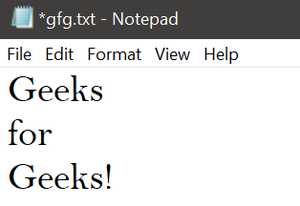


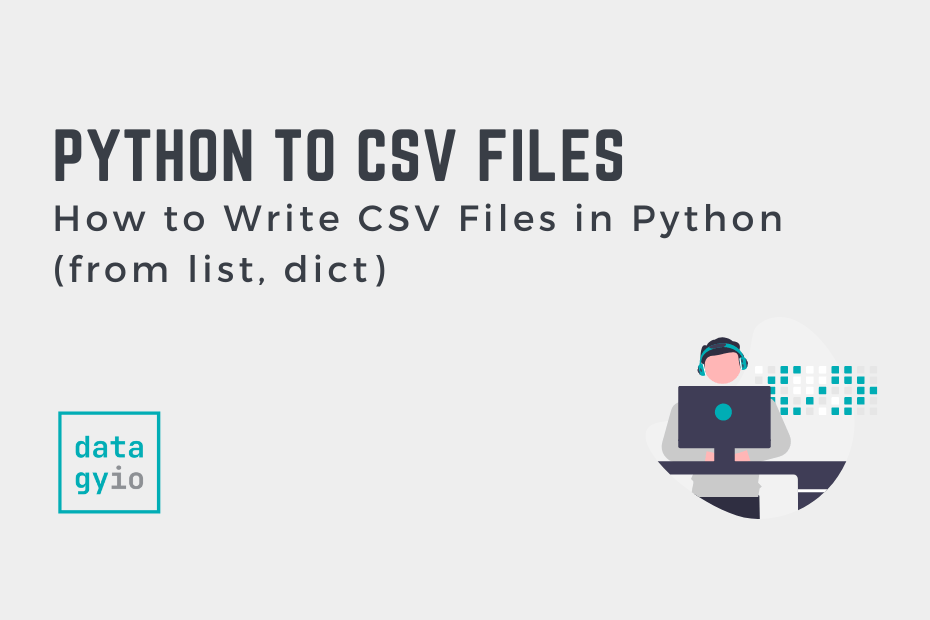
![Python Writing List to a File [5 Ways] – PYnative Python Writing List To A File [5 Ways] – Pynative](https://pynative.com/wp-content/uploads/2021/12/writing_python_list_into_json_file.jpg)



![File Handling in Python [Complete Series] – PYnative File Handling In Python [Complete Series] – Pynative](https://pynative.com/wp-content/uploads/2021/07/file_handling_in_python.png)





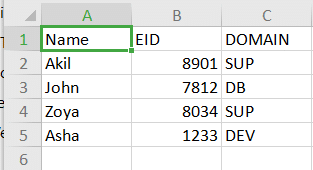



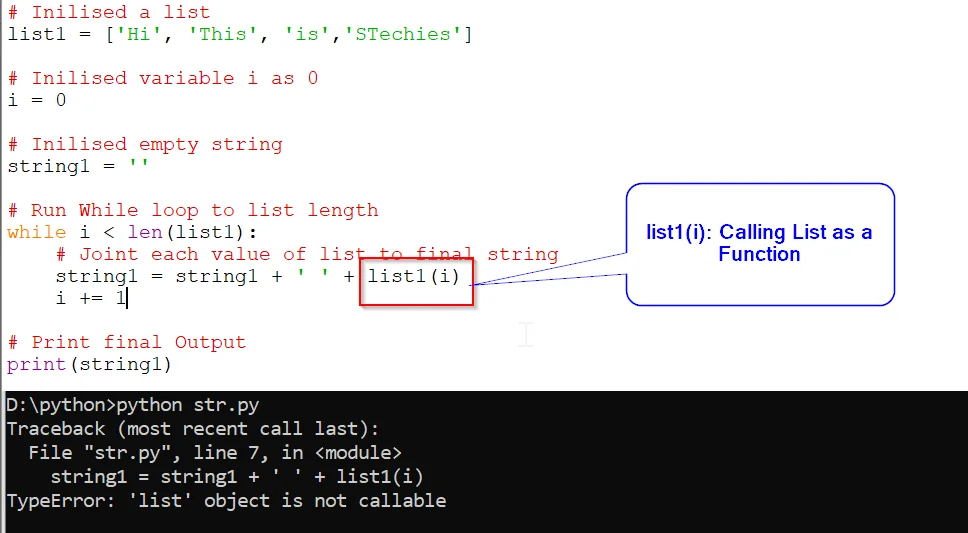




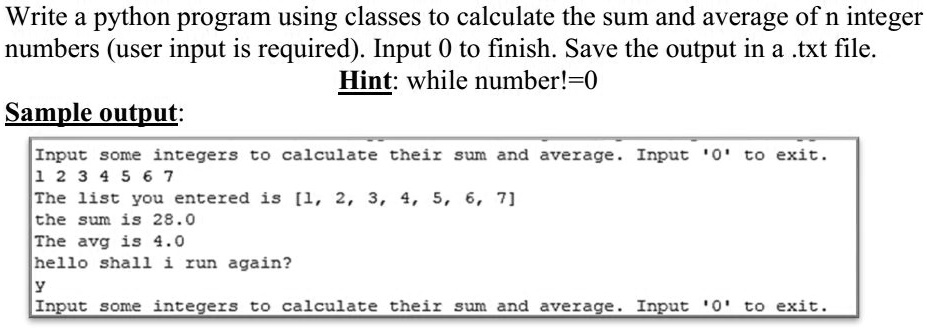




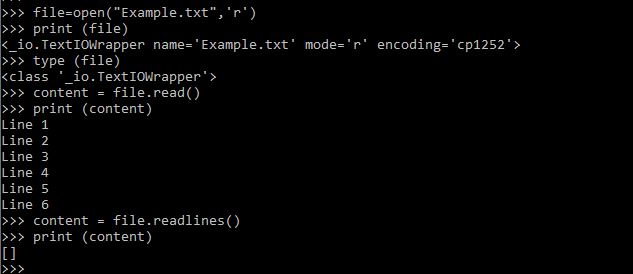




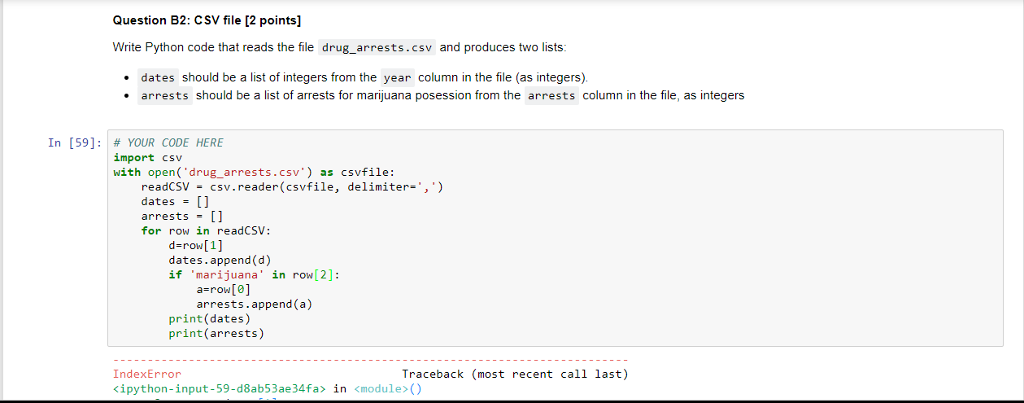

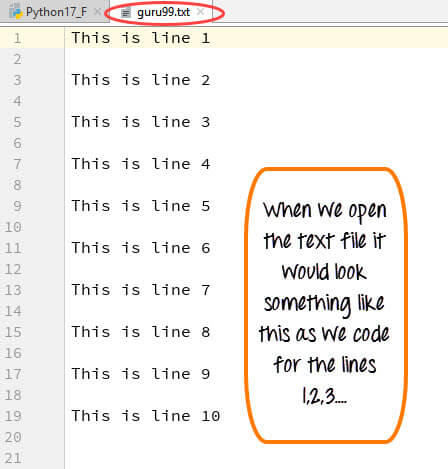
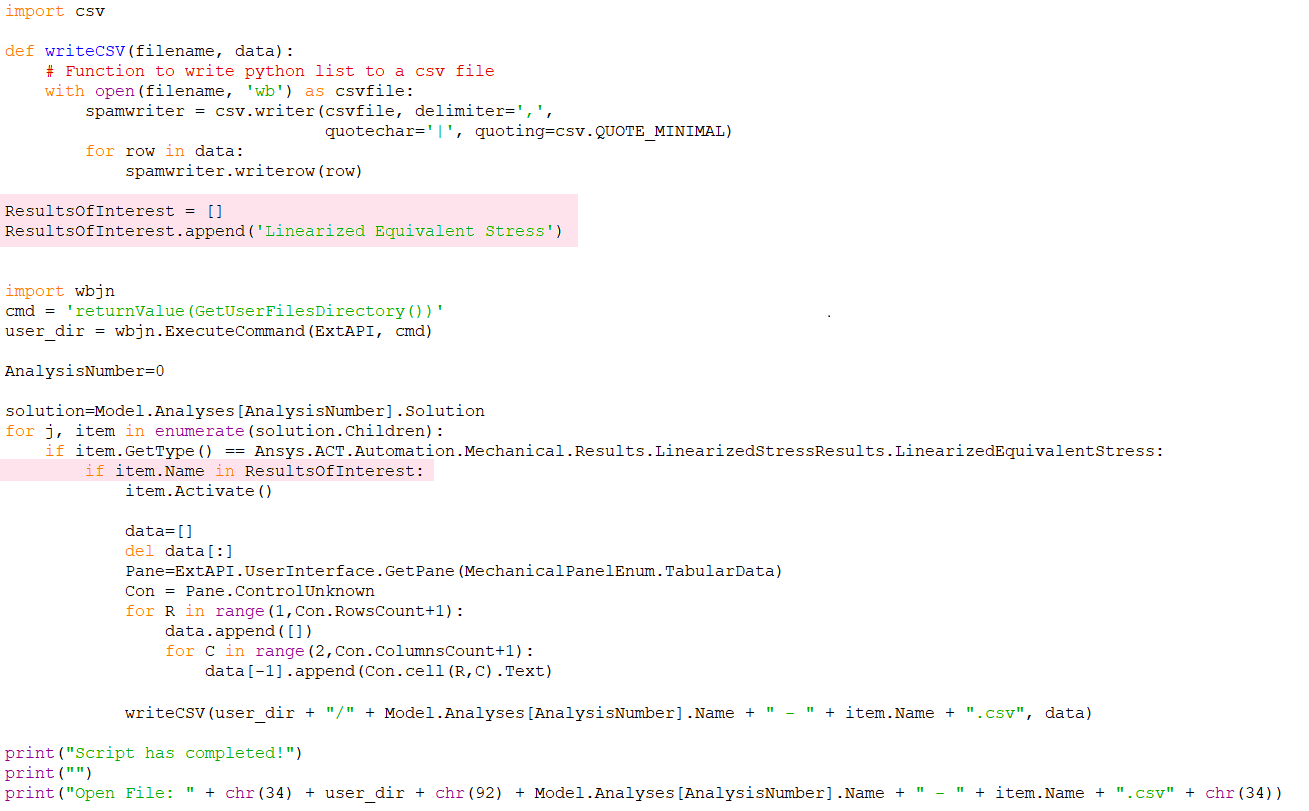






Article link: write list to file python.
Learn more about the topic write list to file python.
- Writing List to a File in Python – PYnative
- Python Program to Write List to File – Scaler Topics
- Writing a list to a file with Python, with newlines – Stack Overflow
- Reading and Writing lists to a file in Python – GeeksforGeeks
- Python Program to Write List to File – Scaler Topics
- How to write to a file in Python
- Reading and Writing Lists to a File in Python – Stack Abuse
- Python Program To Write List To File
- Writing a List to a File in Python — A Step-by-Step Guide
- 3 Ways to Write a List to a File in Python – Linux Handbook
- How to Write a List to a File in Python [With Examples]
See more: https://nhanvietluanvan.com/luat-hoc